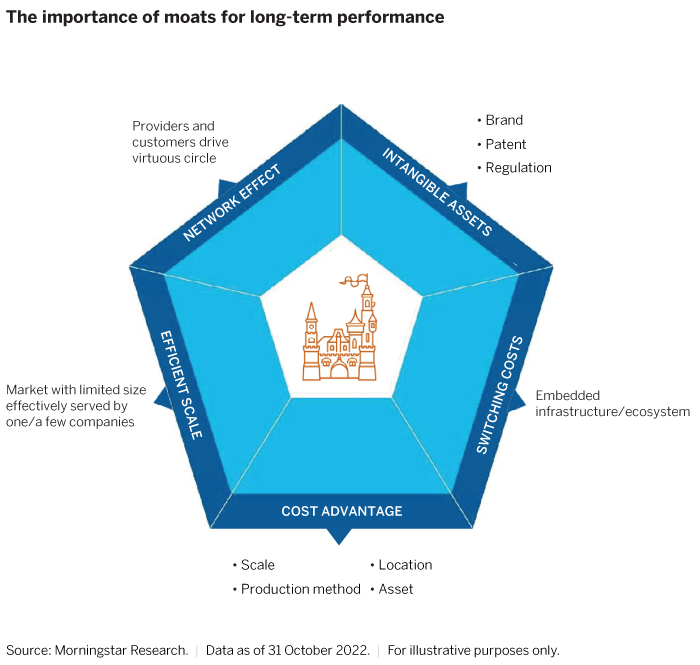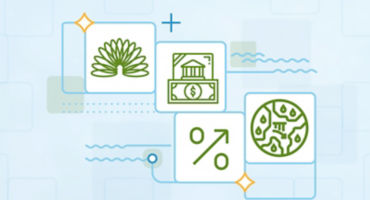1Source: Bloomberg. Data as of 31 October 2022.
©2022 Morningstar, Inc. All rights reserved. The information contained herein: (a) is proprietary to Morningstar and/or its content providers; (b) may not be copied or distributed; and (c) is not warranted to be accurate, complete, or timely. Neither Morningstar nor its content providers are responsible for any damages or losses arising from any use of this information. Rating as of 31 October 2022. Past performance does not predict future returns. Rating is based on EUR N Acc. Ratings are not a recommendation.
The investment case studies presented are for illustrative purposes only. The case studies chosen are based on topics that we think give insight into our process. There can be no assurance we will continue to hold these companies and that they will be profitable in the future. The individual issuers listed should not be considered a recommendation to buy or sell. Please refer to the annual and semi-annual report for the full holdings.
Consider the risks
Investors should consider the risks that may impact their capital, before investing. The value of your investment may fluctuate from the time of the original investment. A decision to invest should consider all characteristics and objectives as described in the prospectus and KIID.
Risks
BELOW INVESTMENT GRADE: Lower-rated or unrated securities may have a significantly greater risk of default than investment-grade securities, can be more volatile, less liquid and involve higher transaction costs. CAPITAL: Investment markets are subject to economic, regulatory, market sentiment and political risks. All investors should consider the risks that may impact their capital, before investing. The value of your investment may become worth more or less than at the time of the original investment. The Fund may experience a high volatility from time to time. CREDIT: The value of a bond may decline, or the issuer/guarantor may fail to meet payment obligations. Typically, lower-rated bonds carry a greater degree of credit risk than higher-rated bonds. HEDGING: Any hedging strategy using derivatives may not achieve a perfect hedge. INTEREST RATES: The value of bonds tends to decline as interest rates rise. The change in value is greater for longer-term than shorter-term bonds. MANAGER: Investment performance depends on the investment management team and their investment strategies. If the strategies do not perform as expected, if opportunities to implement them do not arise, or if the team does not implement its investment strategies successfully, a fund may underperform or experience losses. SUSTAINABILITY: A sustainability risk can be defined as an environmental, social or governance event or condition that, if it occurs, could cause an actual or potential material negative impact on the value of an investment.























